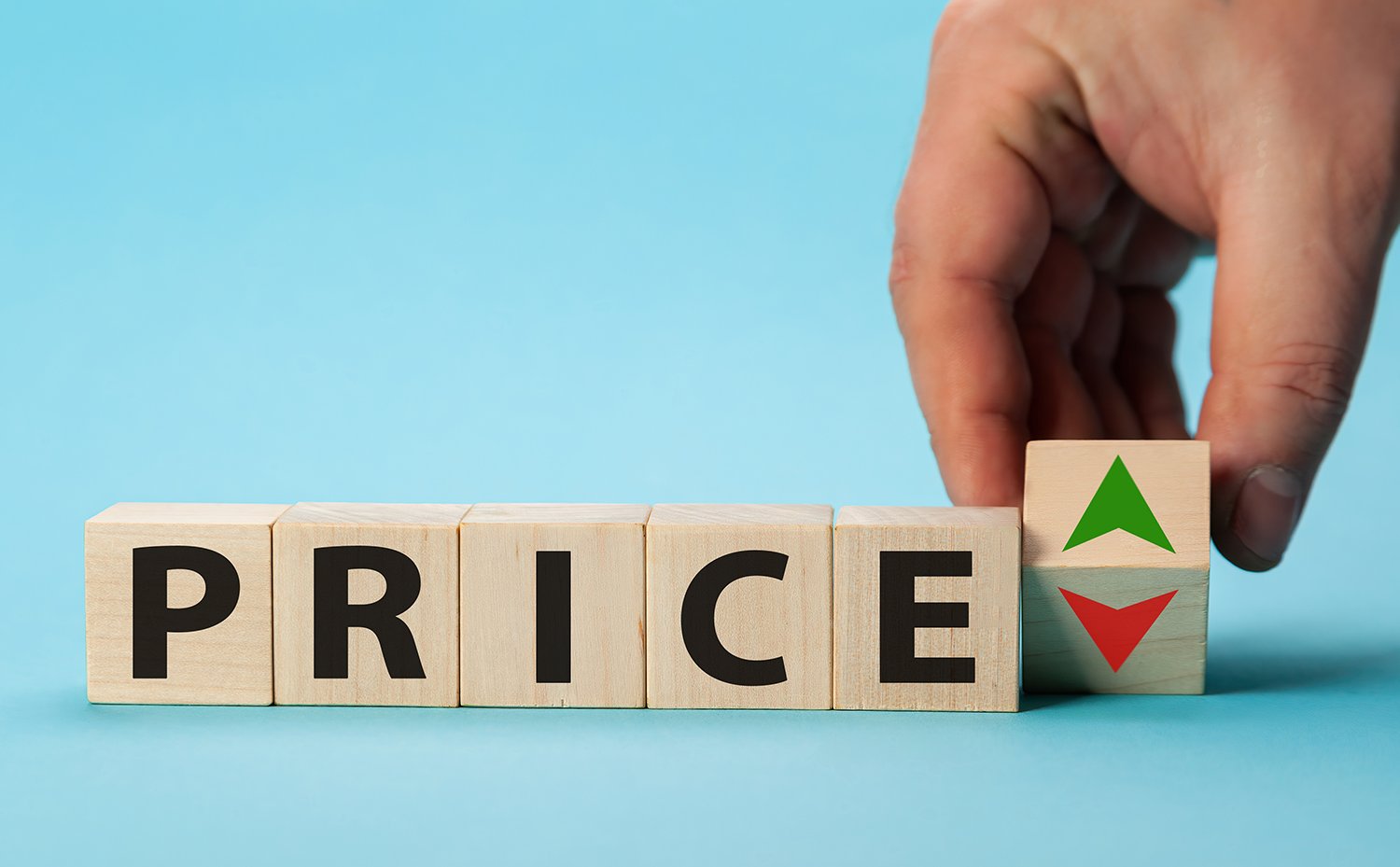
Your finances are directly dependent on the price of the products and services you offer. It’s a fundamental deciding factor that determines your profits, cash flow and ability to expand your business. If you find yourself stuck on pricing your offerings, this guide is here to help.
Cover variable and fixed costs
Unlike VC-funded tech startups, you can’t afford to burn through millions of dollars of investor cash to acquire new customers. You need to cover the costs of your offerings and operations to stay profitable. That’s why it’s necessary to cover the variable and fixed costs of running your business. Fixed costs include rent, salaries, license fees, and other such costs that you incur irrespective of the sales figures.
On the other hand, variable costs include material cost, shipping, and labor and may rise or decrease depending on your sales numbers. It’s easy to account for variable costs. However, you need to estimate the total number of sales in a quarter or a year and distribute the fixed costs accordingly. For instance, if your cake shop incurs a fixed cost of $60,000 a year, and you sell around 10,000 cakes each year, the final price of the cake should account for $6 as a fixed cost.
Research before adding a profit margin
Once you have decoded all the costs, it’s time to add a profit margin. This can be tricky since you can’t just slap a random profit margin and call it a day. The profit margin should boost the final price to a figure that the customer perceives to be fair or worthy of the product or service. For instance, if you are a local bakery that has been in the neighborhood for a long time and has an established brand, you won’t have any issues charging a handsome 15% markup.
Your customer should perceive that your product or service offers enough value to pay for the final price. That’s why it’s important to maximize profitability by adding perceived value. Find out what your customers are looking for or how they may benefit from your offerings. Do they choose your product for quick delivery or for it’s familiar taste? You are never selling a cake or a mere USB cable. Instead, you are selling emotions or convenience.
Set different prices for different segments
Keeping prices the same may hurt your business and make you go bankrupt pretty soon. Your prices don’t just need to keep up with inflation but help you maintain profitability and drive growth. Identify your strong products and price them accordingly. Unless your best-selling product is known for its affordability, you can raise its price comfortably.
You may also consider creating a “loss leader”. These are products or services in limited quantity that don’t make any profits. Instead, they are unique enough to attract new customers and drive sales of other things in your business. Don’t recklessly copy the price of your competitors either.
Once you’ve settled on a price, don’t fret over potential mistakes. You’ll know more about the “right” pricing as you try new strategies and observe how your customers respond to it. Develop price comparison charts to track the performance of new strategies and figure out what works best for your business.
![]()

Amilia Brown is a seasoned business writer & strategist who simplifies complex business concepts and turn them into engaging narratives. As a trusted business writer, she delivers actionable insights with precision.








